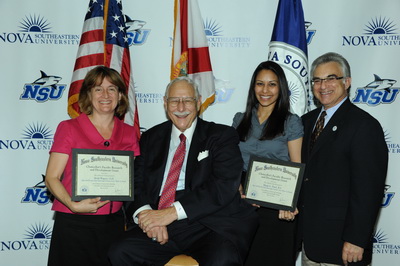Age and Events that Interrupt Contact Lens Wear in Youth
Grant Winners
- Heidi Wagner, OD, MPH – College of Optometry
- Sandi Scott-Holman, DO – HPD Clinics
- Margi A. Patel, BS – College of Optometry
Dean
- David S. Loshin, OD, PhD – College of Optometry
Abstract

Background/Rationale: A number of controlled randomized prospective soft contact lens (SCL) clinical trials and observational studies have found that lens wearers younger than 25 years are at increased risk of corneal inflammatory events during continuous wear of SCLs. However, the relationship between other SCL wear complications and patient age has not been explored.
Methodological Design: The primary objective of the proposed project is to explore risk factors for events with SCL wear in youth through a secondary analysis of the Contact Lens Assessment in Youth (CLAY) database, data collected through a retrospective chart review of 3,549 SCL wearers aged 8-33 years at six sites in North America. In addition to the parameters entered into the database (demographics, SCL parameters, clinical measures), clinical records of events resulting in interruption of SCL wear were scanned after de-identification. Diagnoses were adjudicated to consensus. The secondary objectives of this project are to investigate the behaviors and practices related to complications with SCL wear through the examination of scanned event records from CLAY patients in the target age group of 18 to 25 years and through a survey of a prospective cohort of 200 lens wearers in the same age group.
Analysis: Given the uneven follow-up for each contact lens wearer, time to event (survival analysis) methods will be used to assess the risk factors of contact lens complications. The primary outcome measure of the survey instrument will be the rates of contact lens related risk behavior among SCL wearers.
Significance: Understanding these relationships can potentially improve the safety and efficacy of contact lens wear in teens and young adults. The ultimate goal is to identify and disseminate "best practices" for the mature teen and young adult population at greatest risk for adverse events associated with contact lens wear.